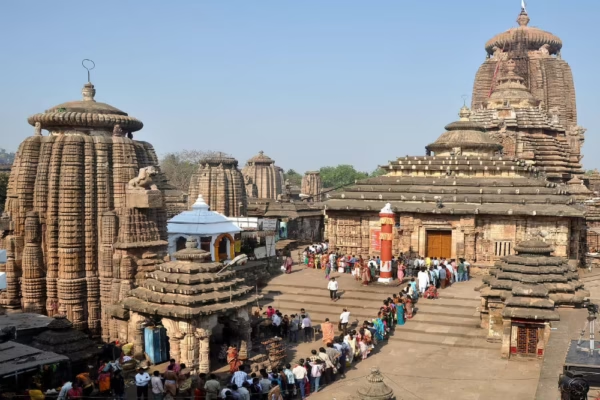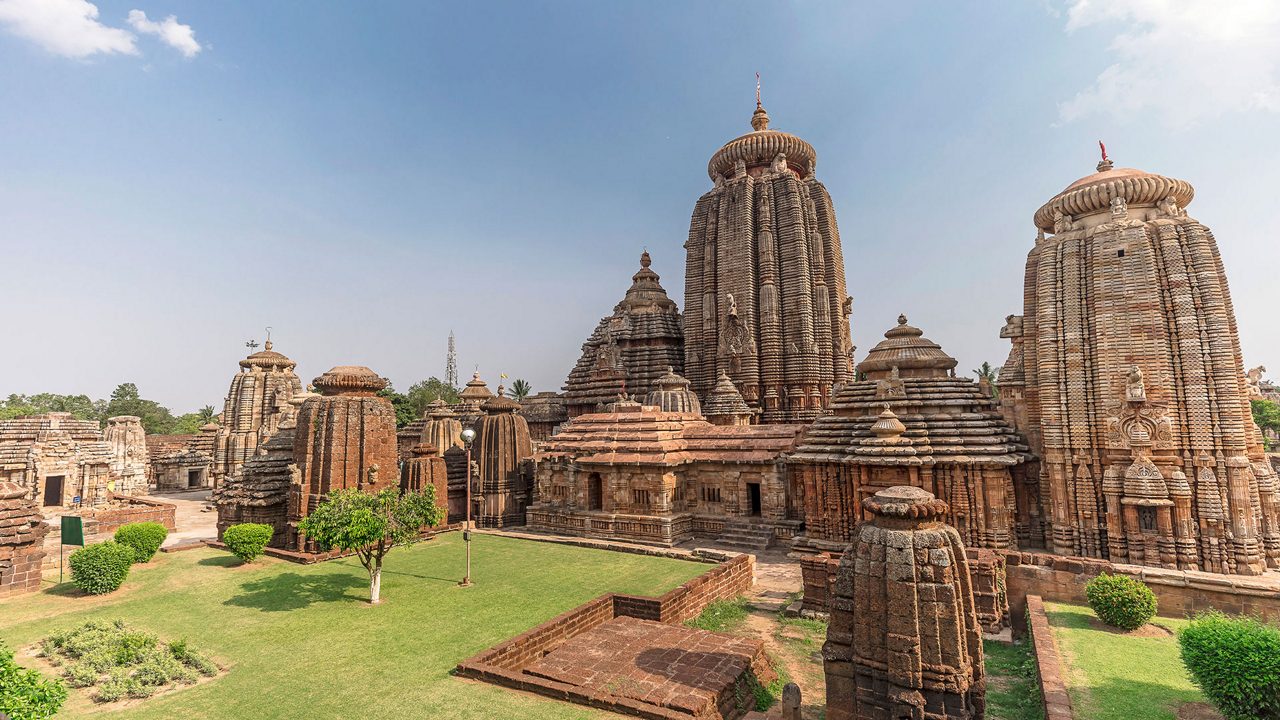Explore the mystery and divinity of the Lingaraja Temple in Bhubaneswar, Odisha. Discover its history, architecture, legends, and spiritual essence.

The Heart of Bhubaneswar
In the sacred city of Bhubaneswar, spirituality breathes through every stone. Here stands the Lingaraja Temple, a majestic shrine dedicated to Lord Shiva.
It is one of the oldest temples in India, dating back to the 7th century CE. The temple is not just a place of worship. It is the soul of Bhubaneswar. The city is often called Ekamra Kshetra, the land of Shiva.
Between the narrow lanes filled with chants and incense, this temple rises tall, connecting heaven and earth in silent divinity.
Visit www.america112.com to explore more stories of India’s hidden wonders.
A Glimpse into Its Glorious Past
According to ancient texts, the temple was built by the Somavamsi dynasty and later developed by the Ganga rulers.
It represents the perfect blend of Kalinga architecture — grand, artistic, and deeply spiritual.
The temple complex has more than 150 smaller shrines, each dedicated to a different deity.
Its massive 60-meter-tall spire, known as the Deul, can be seen from far away. It draws every devotee’s gaze towards the divine.
You can also read about powerful divine sites like Kamalaya Temple, Tripura. Radha Rani Temple, Barsana also shares a similar aura of devotion and mystery.
The Legend Behind the Linga
The central deity, Lingaraja, is unique. It combines Lord Shiva and Lord Vishnu. This combination is symbolized in the form of Harihara.
This makes the temple a rare spiritual space where both sects, Shaivism and Vaishnavism, unite in worship.
Lord Shiva revealed himself here as Lingaraja. Local legend says he was enchanted by the beauty of Goddess Parvati’s garden, Ekamra Vana.
It is said that the linga emerged naturally from the ground, making it a Swayambhu (self-originated) form.
Architectural Grandeur
Every inch of the temple tells a story.
The intricate carvings depict gods, celestial beings, animals, and dancers — all etched with poetic precision.
The temple has four main parts. The Vimana (sanctum) represents a stage of devotion and art. The Jagamohana (assembly hall) is another stage. The Natamandira (dance hall) represents yet another stage. Lastly, the Bhoga Mandapa (offering hall) signifies a different stage.
When the first rays of the morning sun touch the spire, the temple glows in gold, as if heaven itself greets Lord Shiva.
Festivals and Rituals
The Shivaratri festival is the grandest celebration here. Thousands of lamps light up the temple as devotees chant, pray, and fast through the night.
Another beautiful festival is Ratha Yatra. It is similar to the one in Puri. Lord Lingaraja takes a sacred journey on a chariot.
During these days, Bhubaneswar transforms into a divine city — every sound becomes a prayer, and every breath feels blessed.
Mystery and Divinity
There are fascinating mysteries tied to this temple.
The main sanctum is said to contain a hidden underground spring that continuously feeds the sacred pond, Bindusagar.
It is believed that a dip in this pond washes away sins and grants divine blessings.
Many locals say they feel an unexplainable calm here. It is as if Lord Shiva himself walks among his devotees. He blesses them with peace.
A Living Heritage
The Lingaraja Temple is not just an architectural marvel.
It is a living example of India’s unbroken spiritual tradition.
Despite centuries of change, the temple continues to stand strong — a symbol of faith, devotion, and divine love.
You can explore more stories of love and devotion at Radha Rani Temple – Love Lives Here. You can also learn about India’s cultural depth on www.america112.com.
Conclusion
The Lingaraja Temple is more than a monument — it’s a heartbeat.
Every prayer, every offering, and every bell that rings here carries the echo of centuries.
It reminds us that divinity is not just in the sky but in every soul that seeks it with love.


One Reply to “Lingaraja– Love Written in Stone and Spirit”